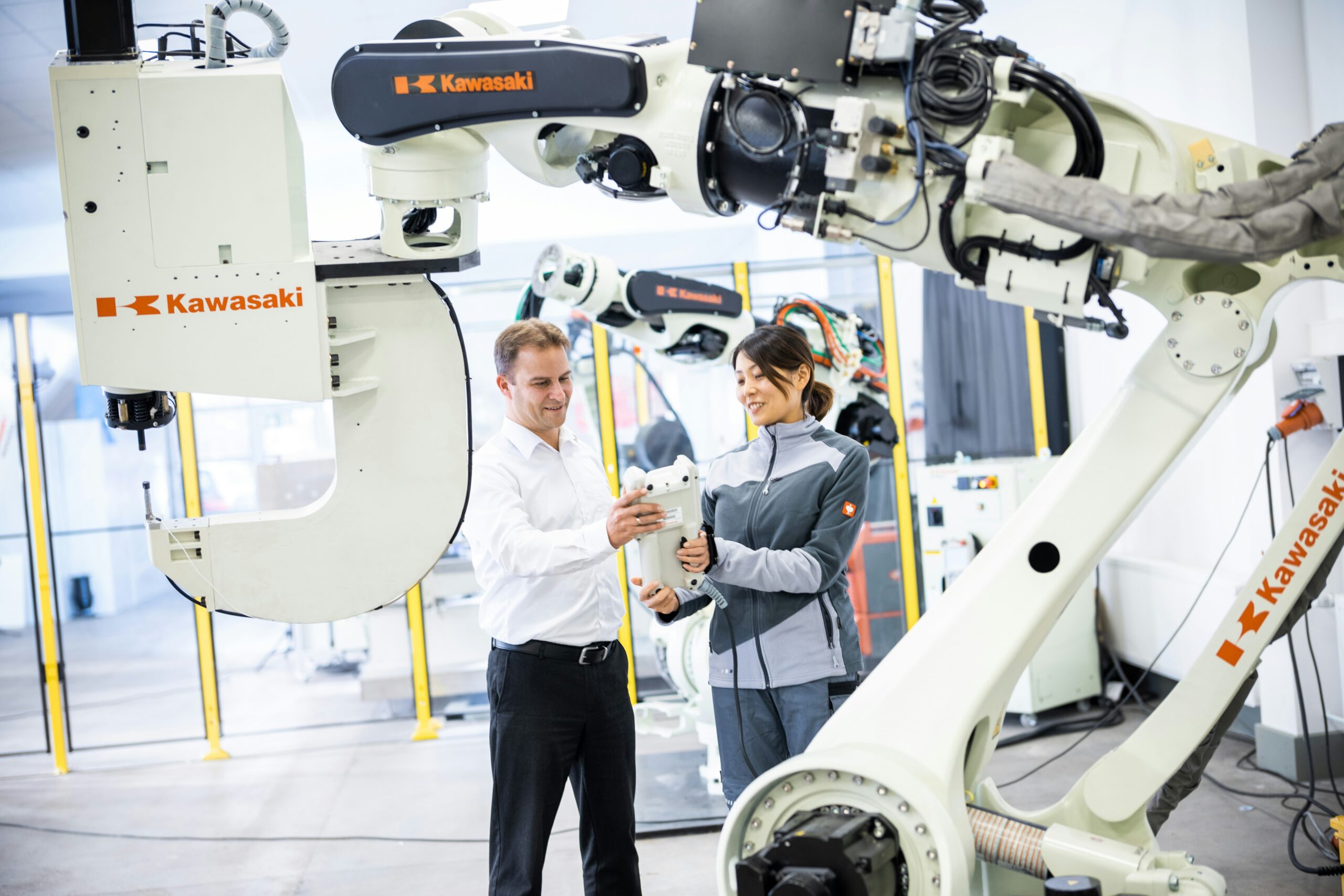
In the realm of science fiction, robots have long been portrayed as either saviours or harbingers of doom, their presence either promising a utopian future or threatening to overthrow humanity. However, as technology advances at an unprecedented pace, the future of robotics and biomechanics is no longer confined to the pages of novels or the screens of cinemas. Instead, it is becoming an increasingly tangible reality, poised to revolutionize every aspect of human life. From enhancing our physical capabilities to redefining the nature of work and healthcare, the convergence of robotics and biomechanics holds the promise of unlocking new frontiers of human potential.
Unleashing Human Potential through Robotics
Advancements in robotics are rapidly reshaping industries and economies worldwide. From manufacturing and logistics to healthcare and beyond, robots are increasingly taking on tasks that were once the exclusive domain of human workers. In factories, robotic arms work tirelessly alongside human counterparts, streamlining production processes and boosting efficiency. In warehouses, autonomous robots navigate shelves with precision, revolutionizing the logistics industry. However, the impact of robotics extends far beyond the realm of manual labour.
The Rise of Assistive Robotics
One of the most promising applications of robotics lies in the field of assistive technology. As populations age and the prevalence of disabilities rises. There is a growing need for innovative solutions to enhance the quality of life for individuals with physical limitations. Robotics offers a range of assistive devices, from exoskeletons that enable people with paraplegia to walk again to robotic prosthetics that restore lost limbs with unprecedented functionality. These technologies not only provide individuals with newfound independence and mobility but also challenge conventional notions of what it means to be human.
Enhancing Healthcare with Robotic Innovations
In the realm of healthcare, robotics is poised to revolutionize diagnosis, treatment, and rehabilitation. Surgical robots equipped with advanced imaging systems and robotic arms enable surgeons to perform minimally invasive procedures with unparalleled precision. Reducing the risk of complications and shortening recovery times. Telepresence robots allow physicians to remotely monitor patients and provide care from anywhere in the world. Overcoming geographical barriers and improving access to healthcare services. Furthermore, robotic exoskeletons and rehabilitation robots are transforming the field of physical therapy. Helping patients recover from injuries and regain lost motor functions.
The Intersection of Robotics and Artificial Intelligence
Central to robotics advancement is the integration of artificial intelligence (AI), which endows robots with the ability to perceive, learn, and adapt to their environments. Machine learning algorithms enable robots to recognize patterns, make predictions, and even emulate human-like decision-making processes. This convergence of robotics and AI is driving the development of autonomous systems capable of operating with minimal human intervention. From self-driving cars and drones to household robots that can perform household chores and assist with daily tasks.
Biomechanics: Unlocking the Secrets of Human Movement
In parallel with the rise of robotics, the field of biomechanics is uncovering the intricacies of human movement and physiology. By combining principles from engineering, biology, and physics, biomechanists seek to understand how the human body functions and how it can be enhanced or augmented through technology. From analyzing the mechanics of walking and running to studying the biomechanics of sports performance. This interdisciplinary field holds the key to unlocking the secrets of human motion.
Bridging the Gap Between Man and Machine
At the intersection of robotics and biomechanics lies the potential to bridge the gap between man and machine. Blurring the boundaries between biology and technology. By integrating robotic components with the human body, researchers are developing cybernetic systems that augment human capabilities beyond natural limits. Neural interfaces, for example, enable direct communication between the brain and external devices. Opening up new possibilities for controlling prosthetic limbs or interfacing with computers using nothing but the power of thought.
The Ethical Implications of Human Enhancement
As advancements in robotics and biomechanics continue to accelerate, society must grapple with the ethical implications of human enhancement technologies. Questions of equity, accessibility, and the distribution of benefits loom large as the divide between those who can afford cutting-edge enhancements and those who cannot threaten to widen. Furthermore, concerns about privacy, autonomy, and the potential for unintended consequences must be addressed to ensure that these technologies are deployed responsibly and ethically.
The future of robotics and biomechanics holds the promise of revolutionizing every aspect of human life, from healthcare and industry to sports and entertainment. By harnessing the power of technology to enhance our physical capabilities and augment our biological systems. We have the opportunity to unlock new frontiers of human potential. However, realizing this vision will require a thoughtful and inclusive approach that prioritizes equity, accessibility, and ethical considerations. As we stand on the brink of a new era of human-machine collaboration, let us embrace the possibilities that lie ahead and strive to build a future where technology serves to empower and uplift all of humanity.